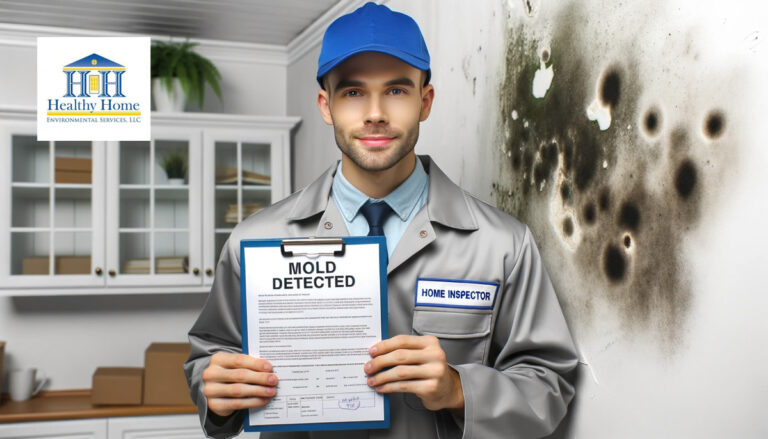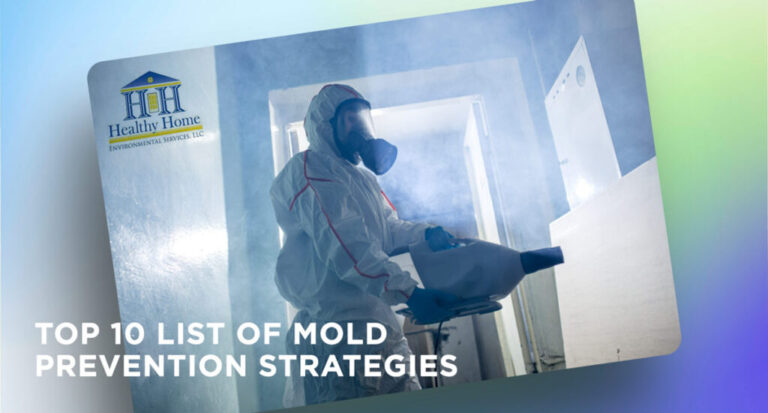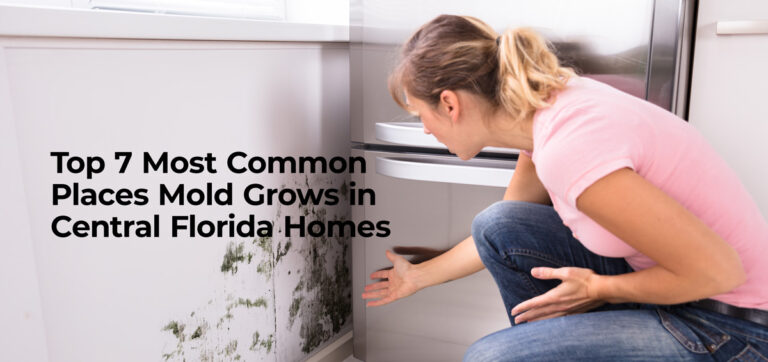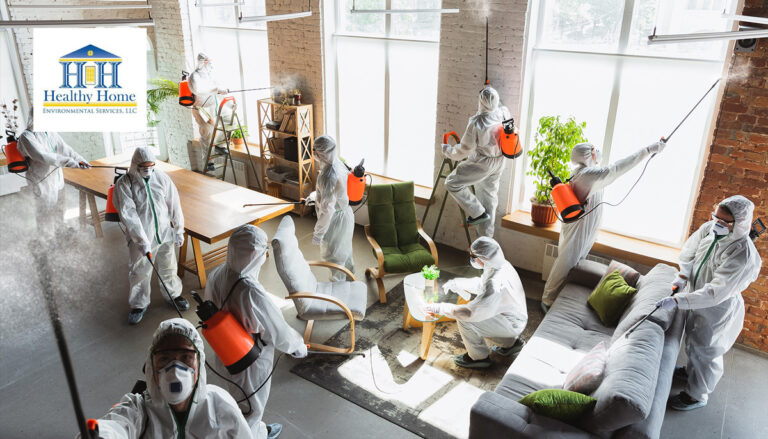Indoor Air Quality Testing: What You Need To Know Before Hitting The Buy Button
No one likes the idea of living in an unhealthy environment, but it’s something that we all have to deal with. And while you can’t always control the external factors that affect your environment, you can take steps to improve your indoor air quality. In this blog post, we’ll outline the importance of indoor air quality testing, explain what it is and how to test it, and provide tips on how you can improve your environment. So whether you’re a resident or a visitor to a city, make sure to check out our indoor air quality testing service!
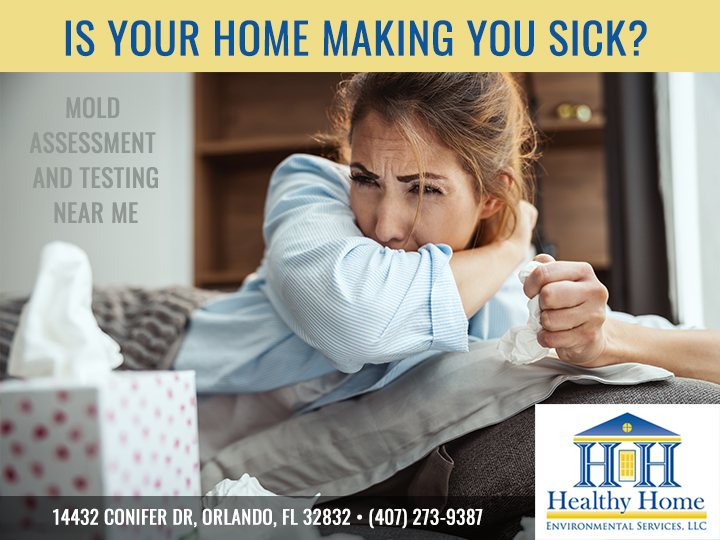
What is indoor air quality testing?
Indoor air quality testing is a process used to assess the health of indoor environments. It helps identify problems, such as poor ventilation or smoke concentrations, and makes recommendations for improving air quality. Indoor air quality testing can be conducted using various methods, including outdoor ambient exposure sampling, room exposure monitoring, and chamber studies.
Indoor air quality testing is monitoring the airborne concentrations of pollutants in a building. These measurements can help identify potential health hazards and suggest measures that could be taken to improve indoor air quality. Indoor air quality testing can also provide important insights into how a building performs aerobically, which is vital for determining how healthy occupants are.
In most cases, indoor air quality testing is conducted using sensitive instruments that are capable of measuring multiple pollutants at once. The results of this analysis will often allow practitioners to make informed decisions about corrective actions, such as changing ventilation or filtration schemes. By understanding what’s going on inside your building, you can ensure both your employees and yourself are safe from harmful toxins.
The importance of indoor air quality
Indoor air quality is an important aspect of overall health and well-being. Poor indoor air quality can have a range of negative effects on health, including respiratory problems, allergies, and headaches. It can also contribute to the spread of illness, as airborne pathogens can be easily transmitted from person to person in a poorly ventilated space. In addition, poor indoor air quality can have a negative impact on productivity, as it can cause fatigue and difficulty concentrating. It is important to maintain good indoor air quality by regularly ventilating the space, using air purifiers, and minimizing the use of potentially harmful chemicals or products. By taking steps to improve indoor air quality, we can help to ensure the health and comfort of ourselves and those around us.
When it comes to indoor air quality, it’s important to be aware of the risks involved. Poor air quality can lead to a number of health problems, including asthma, bronchitis, and even cancer. That’s why it’s important to test for air quality before making any purchases. There are a number of different ways to measure indoor air quality, but the most common is the Air Quality Index (AQI). Knowing the AQI results of a product will help you make informed buying decisions. Additionally, knowing the effects of pollutants on human health can help you make more informed choices about the items in your home that contain chemicals or other pollutants.
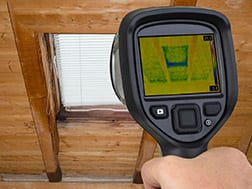
What should you do if you’re worried about your indoor air quality?
If you are worried about your indoor air quality, there are a few steps you can take to improve it. First, try to identify the source of any pollutants or contaminants that may be present in your home. This could include things like mold, dust, pet dander, or chemicals used for cleaning or other household purposes. Once you have identified the source of the problem, take steps to remove or reduce the amount of these pollutants in your home. This could involve cleaning more frequently, using air purifiers or dehumidifiers, or making changes to your home’s ventilation system. You may also want to consider opening windows or doors to allow for better air circulation, especially on days when the outdoor air quality is good. Finally, it is a good idea to stay informed about any potential air quality issues in your area and to follow any recommendations or guidelines provided by your local health department or other authorities.
In addition to these steps, you may also want to consider making some lifestyle changes that can help improve your indoor air quality. For example, you can try to reduce the number of chemicals you use in your home by using natural or eco-friendly cleaning products. You can also try to limit the use of tobacco products and other sources of indoor pollution, such as candles or incense. Additionally, you can try to reduce the amount of dust and allergens in your home by regularly vacuuming and dusting, and by using air filters and allergy-proof bedding and covers.
Overall, improving your indoor air quality is a multi-faceted process that may involve a combination of different strategies and approaches. By following these steps and staying vigilant about the air quality in your home, you can help ensure that you and your family are breathing clean, healthy air.
How to test your indoor air quality
There are several ways to test indoor air quality in your home or office. One option is to use a do-it-yourself air quality test kit, which can measure levels of pollutants such as mold, carbon monoxide, and volatile organic compounds. These kits are available at most home improvement stores and are relatively easy to use. Another option is to hire a professional to conduct an air quality assessment. This may be a good choice if you suspect that there are serious air quality issues in your home or if you want a more comprehensive analysis of the air you are breathing. Professional air quality assessments typically involve the use of specialized equipment and may include testing for a wider range of pollutants. Regardless of which method you choose, it is important to regularly test your indoor air quality to ensure that it is safe and healthy for you and your family.
How to improve your indoor air quality
Improving indoor air quality is important for the health and well-being of you and your family. Here are a few steps you can take to improve your indoor air quality:
- 1. Keep your home clean and dust-free. Regularly dust and vacuum to remove dirt, dust, and other particles that can contaminate the air.
- 2. Use natural cleaning products. Many commercial cleaning products contain chemicals that can release harmful vapors into the air.
- 3. Keep windows and doors open. Fresh air can help dilute and remove indoor pollutants.
- 4. Use an air purifier. An air purifier can help remove particles and contaminants from the air.
- 5. Avoid smoking inside. Smoking releases harmful chemicals into the air that can affect air quality.
- 6. Use natural materials. Choose natural materials such as wood, wool, and cotton for furniture and flooring. These materials release fewer volatile organic compounds (VOCs) into the air compared to synthetic materials.
- 7. By following these tips, you can help improve the air quality in your home and create a healthier living environment for you and your family.
Conclusion
If you’re ever considering buying a product that will have a negative impact on your indoor air quality, it’s important to be aware of the testing process that’s involved. By understanding what indoor air quality testing is and its importance, you can make an informed decision about whether or not to buy the product. In addition, by testing your indoor air quality and taking the necessary steps to improve it, you can help protect yourself and your loved ones from harmful indoor air pollutants.
At Healthy Home Environmental Services, we believe in educating our clients about indoor air quality testing and the importance of keeping their home environment healthy.





